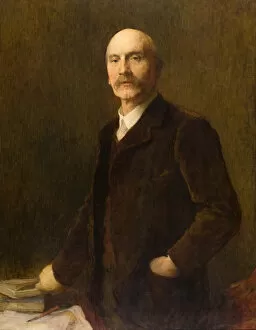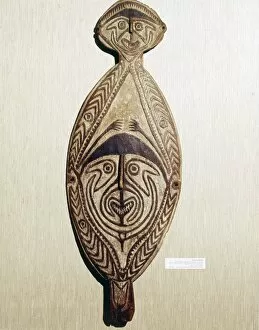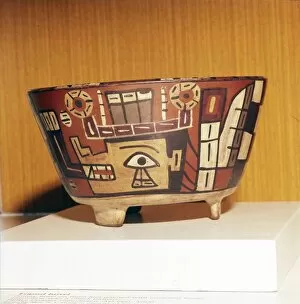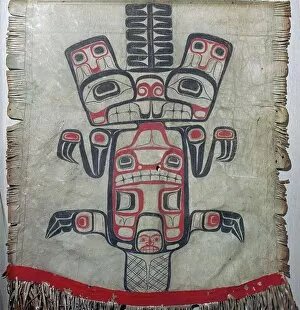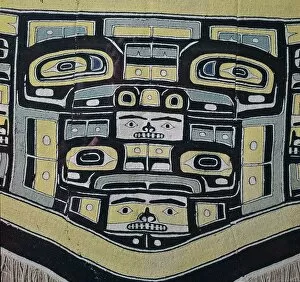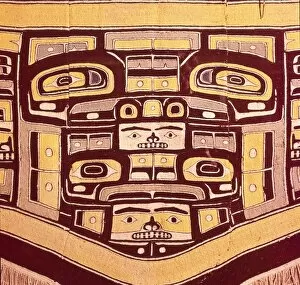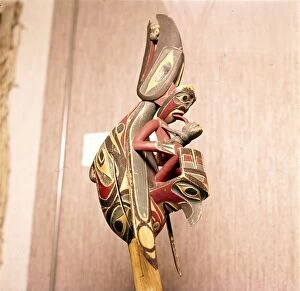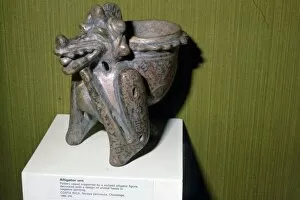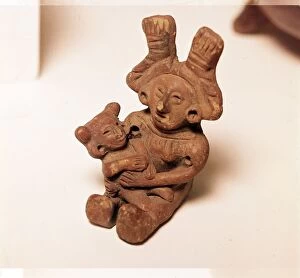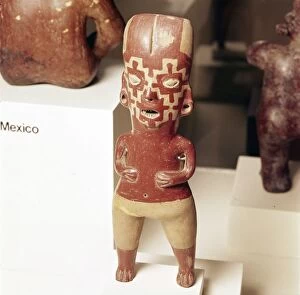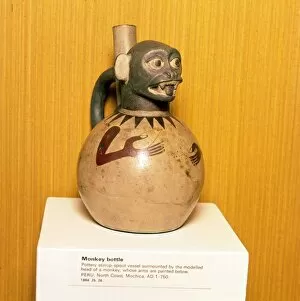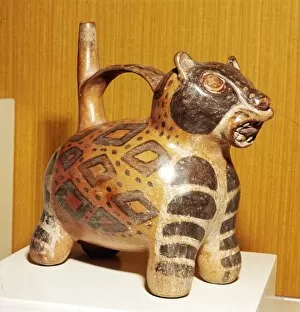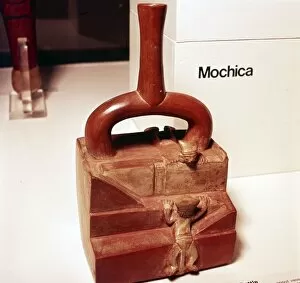Royal Scottish Museum Collection
Step into the captivating world of history and culture at the Royal Scottish Museum
For sale as Licensed Images
Choose your image, Select your licence and Download the media
Step into the captivating world of history and culture at the Royal Scottish Museum. Immerse yourself in a journey through time as you explore its diverse collection, showcasing remarkable artifacts from various civilizations. One such masterpiece is "Sir Thomas Carlaw Martin, " an exquisite oil on canvas portrait that captures the essence of this distinguished figure. The artist's attention to detail brings Sir Martin's character to life, making it a true work of art. As you continue your exploration, you'll come across the Ancestral Board, a wood carving adorned with two human faces. This intriguing piece offers a glimpse into ancient rituals and beliefs, leaving us pondering their significance. Traveling further back in time, we encounter a Pottery Bowl from Tiahuanaco Culture in Peru dating back to 600-1000 AD. Its intricate design and craftsmanship reflect the rich cultural heritage of this civilization. A Human skull with features modelled in clay and painted from New Guinea tells another fascinating story. It serves as a testament to ancestral practices that honored their deceased loved ones through artistic expressions. The Chimu culture copper mask adds an air of mystery to our journey. Crafted with precision and adorned with intricate patterns, it reflects the sophistication and creativity prevalent during that era. Moving on, we discover a Zapotec statuette depicting the god of lightning and rain—a symbol of power and fertility for this ancient Mesoamerican civilization. Its presence evokes awe-inspiring tales passed down through generations. Next up is the Mochica pottery sculpture portraying Viracocha—an important deity worshipped by pre-Columbian cultures in Peru. This artwork showcases not only exceptional skill but also religious devotion ingrained within these societies. Delving deeper into South American history, we encounter a Nazca pottery vessel featuring two painted warriors from the 2nd century AD—depicting scenes from battles fought long ago; it provides insight into their warrior traditions.

